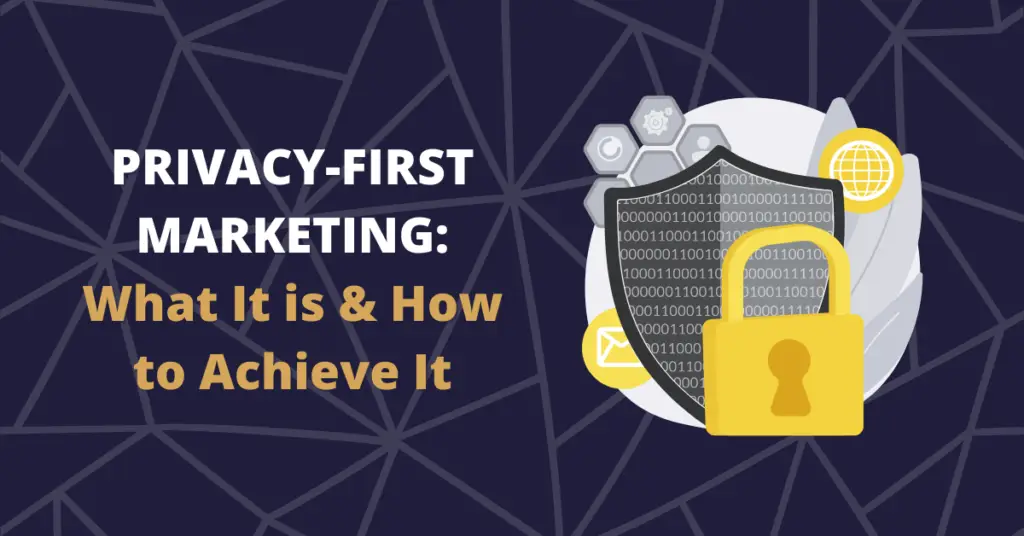
In today’s data-driven world, the need for privacy-first marketing has never been more relevant. With consumers becoming increasingly aware of how their data is being used, it is essential for businesses to ensure that they respect their customers’ right to privacy while still gathering the information they need to personalize and target their marketing efforts effectively. In this blog post, we will go over three basic steps you should follow when implementing a privacy-first marketing strategy.
Focus on Your Privacy Policy
Your company’s privacy policy is the foundation of your privacy-first marketing strategy. The privacy policy outlines how your company collects and uses customer data and sets the guidelines for your data practices. It’s important to collaborate with legal counsel or privacy professionals to develop a privacy policy that complies with regulations and meets your marketing needs. If you already have a privacy policy in place, it’s important to review it to ensure that it meets your company’s current needs.
Your privacy policy will educate you on what you can and cannot do with customer data and ensure that you’re in compliance with data privacy regulations. This, in turn, will help you gain customer trust, which is essential for building a strong and loyal customer base.
Establish a Compliant Data Strategy
With a solid understanding of your company’s privacy policy, the next step is to develop a privacy-focused data strategy. This strategy should balance the need to gather data for personalization and targeting with the need to protect customer privacy.
One effective way to collect data while still respecting privacy is to maximize your collection of zero-party data. For example, you could exchange educational content for customer data or develop a digital questionnaire that asks for consent to collect data while helping customers select the product or service that fits their needs.
You can also benefit from the first-party data that other organizations are collecting by using walled gardens, such as Google, Facebook, and others. These walled gardens can target your ads for you, giving you the ability to personalize advertisements to the most relevant audiences while still complying with data privacy regulations.

Choose the Right Marketing Software
With your data strategy in place, you need the right tools to help you carry it out. When evaluating privacy-friendly marketing software, it’s important to keep a couple things in mind.
Any Third-Party Vendors’ Privacy Practices
Data privacy and marketing technology are not always guaranteed to go hand-in-hand, so it’s important to evaluate how third-party vendors treat the data you collect. A privacy professional can help you evaluate vendors for their data privacy compliance, or you can use a vendor monitoring solution to ensure compliance.
The Impact of Compliance on Your Role
Data privacy tools for marketers need to do more than just enable compliance. They also need to have a minimal impact on your role as a marketer, allowing you to carry out your marketing efforts effectively.
Privacy-First Marketing in the Modern World
In conclusion, implementing a privacy-first marketing strategy is essential for businesses in today’s data-driven world. By following these three basic steps, you can ensure that you’re collecting and using customer data in a way that respects their privacy while still achieving your marketing goals.
Want to know what else you can do to prioritize privacy-first strategies? Contact us today for more information.





